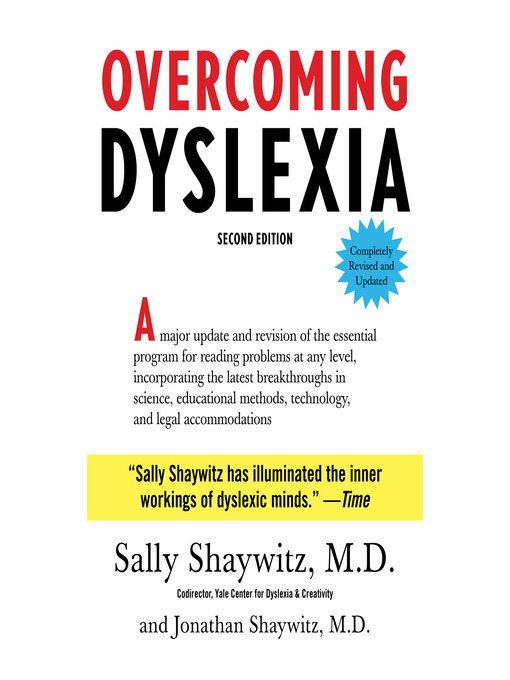What is an IEP and Why Is It Critical for Children with Language-Based Learning Disabilities?
Individualized Education Programs (IEPs) are a critical tool for ensuring that children with language-based learning disabilities receive the support and accommodations they need to succeed in school. In this blog, we will explore what an IEP is and why it is so important for children with language-based learning disabilities.
Part 1: What is an IEP?
What does "IEP" stand for?
IEP stands for Individualized Education Program.
Who is involved in developing an IEP?
The IEP team typically includes the child's parents or guardians, teachers, school administrators, special education professionals, and the child if appropriate.
What is the purpose of an IEP?
The purpose of an IEP is to outline the educational goals and needs of a child with a disability, and to specify the accommodations and services that will be provided to help the child succeed in school.
What information is included in an IEP?
An IEP typically includes information about the child's current academic and functional performance, as well as goals for the child's progress in academic and functional areas. The IEP also outlines any accommodations or modifications that will be provided to support the child's learning, as well as any related services that the child may receive, such as speech therapy or occupational therapy.
Part 2: Why is an IEP critical for children with language-based learning disabilities?
What is a language-based learning disability?
A language-based learning disability is a type of learning disability that affects a child's ability to understand and use spoken and written language.
How can an IEP help a child with a language-based learning disability?
An IEP can help a child with a language-based learning disability by providing targeted accommodations and support to help the child overcome their specific learning challenges. For example, an IEP might include accommodations such as extra time on tests, preferential seating, or assistive technology to support the child's reading or writing skills.
What accommodations might be included in an IEP for a child with a language-based learning disability?
Accommodations that might be included in an IEP for a child with a language-based learning disability could include:
- Extended time on tests and assignments
- Audio recordings of lectures
- Use of assistive technology, such as text-to-speech software or speech-to-text software
- Visual aids, such as diagrams, pictures, and graphs
- Note-taking assistance
- Reduced workload
- Breaks during class or testing
- One-on-one instruction or tutoring
How can an IEP help ensure that a child with a language-based learning disability receives a free and appropriate public education (FAPE)?
An IEP can help ensure that a child with a language-based learning disability receives a FAPE by outlining the specific accommodations and services that the child needs in order to receive an education that is tailored to their unique needs. The IEP also establishes clear goals and benchmarks for the child's progress, and outlines a plan for regular evaluation and revision of the child's educational program.
Part 3: Common Misconceptions about IEPs
Despite their importance in supporting children with language-based learning disabilities, Individualized Education Programs (IEPs) are often misunderstood. In this section, we will explore some common misconceptions about IEPs.
What is a common misconception about IEPs and special education?
A common misconception about IEPs and special education is that they are only for children with severe disabilities. This is not true. IEPs can be developed for any student who requires special education and related services to address their unique learning needs. In fact, IEPs can be used to support children with a wide range of learning challenges, including those with language-based learning disabilities.
Are IEPs only for children with severe disabilities?
No, IEPs are not only for children with severe disabilities. IEPs are intended for any student who requires special education and related services to receive a free appropriate public education (FAPE). This includes children with a range of disabilities and learning challenges, including language-based learning disabilities. An IEP is tailored to the specific needs of each individual student, and the accommodations and services included in the IEP are designed to help the student succeed in their educational program.
What is the difference between an IEP and a 504 plan?
Another common misconception is that IEPs and 504 plans are the same thing. While both plans provide accommodations and support for students with disabilities, there are some key differences. IEPs are developed for students who require special education services, while 504 plans are developed for students who have a disability that impacts their ability to access their education, but who do not require special education services. Additionally, IEPs are more comprehensive than 504 plans and provide more specific and detailed goals, accommodations, and services.
Are IEPs permanent?
No, IEPs are not permanent. The IEP team must review and revise the IEP at least once a year to ensure that it continues to meet the student's needs. The IEP team may also meet more frequently to discuss any concerns or changes that need to be made to the IEP. If the student's needs change significantly, the IEP may be revised before the annual review. The ultimate goal of the IEP is to support the student's progress towards their educational goals and prepare them for success in school and beyond.
Share this
You May Also Like
These Related Stories

504 or IEP? Which One Should I Choose?

My Child Is Struggling in School. What's Happening?





_(1).png?width=58&height=97&name=RCA_2023_Winners_Badge_(4)_(1).png)

No Comments Yet
Let us know what you think